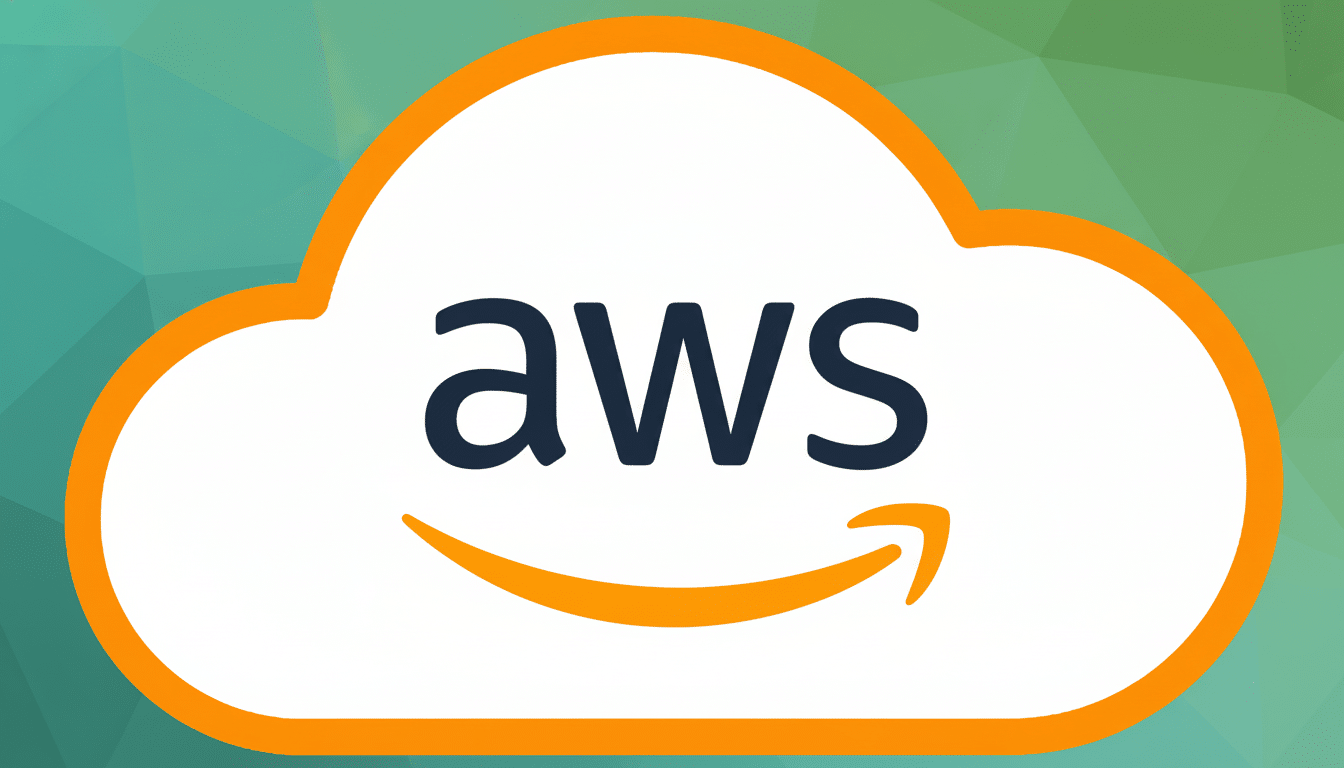Short answer: Yes, Amazon is still delivering, albeit with friction. An AWS-wide outage can clog the digital plumbing that enables the process of pickups, sortation, routing, and tracking. Packages are still moving, but customers might notice later updates on delivery times and rescheduled windows or missed same-day promises in pockets where systems are most strained.
What an AWS Outage Means for Amazon Deliveries
AWS holds important tools that are used throughout Amazon’s retail and logistics stack. When those services falter, it can disable anything from the scanners used in warehouses and devices that print known shipper labels to the apps drivers use to chart their routes and collect proof of delivery. Previous incidents, reported by outlets including Reuters and The Wall Street Journal, saw spikes in delivery times at fulfillment centers, snafus on Amazon Flex and DSP driver apps, as well as difficulties with customer service when cloud services went down.

Importantly, a cloud outage seldom kills every conveyor belt at the same time. Lots of warehouses and last-mile operations have local fallbacks and can operate offline. But it can slow things down: fewer routes are sent on time, slower scanning at sort centers, and handoffs to carriers are delayed. The AWS Health Dashboard and Amazon status communications usually confirm when core retail systems are impacted (which often maps back to the tracking issues that shoppers will notice first).
How Amazon Makes Sure Packages Move Through the Warehouse
Amazon’s logistics network is designed to work in turbulence. Drivers who work for Delivery Service Partners get runs that are cached to handheld devices in many cases; they can continue delivering and sync scans later even if they lose connectivity after having been assigned a route. Fulfillment and sortation centers can print pre-batched labels and stage freight in a reduced cadence as cloud-based optimization tools are compromised.
It also leans on several carriers. Amazon Logistics handles the bulk of its own packages in the U.S., but a good chunk of them still go out through USPS and UPS, whose networks operate separately. And those loads can move even if Amazon’s internal tracking is behind. With average daily volumes well into the tens of millions, even brief disruptions can lead to localized backlogs that take a day or longer to unwind. According to the Pitney Bowes Parcel Shipping Index and industry reporting, Amazon processed billions of packages in the United States in the last year.

Where Customers Could See Delivery Impacts Today
- Tracking and notifications: The telltale sign is a frozen “Out for delivery” page or missing map updates. Scans can backfill when systems are restored, so a package may show up even if the tracking page looks frozen.
- Same-day and ultrafast orders: Time-dependent offerings like Amazon Fresh and Whole Foods delivery are more sensitive to volume optimization tools. Those windows are among the first to go in a tech outage.
- Customer support: Call centers and chat are often powered by AWS platforms. Wait times may increase, and automatic callbacks may be disabled during a large incident. When previous outages crop up, media monitoring by the likes of CNBC and Bloomberg tends to cite slowdowns in customer service alongside retail site problems.
- Sellers on the marketplace: Any issues with Seller Central or third-party label services can delay printing labels or confirming shipments. FreightWaves and e-commerce trade groups have reported how even brief outages can reverberate through merchant process flows.
What If Your Package Will Not Arrive Today
In many cases, yes. If your route was dispatched before systems started to degrade, a driver can continue delivering using the cached manifest and upload scans later. If routing was not completed when the outage occurred, your package may be rolled to the next delivery wave or a next-day window. Amazon usually inserts slack into late evening routes to recoup time from scheduling delays before midday.
Remember, guaranteed delivery language typically has an exception for things out of the company’s control — which could include large-scale technical incidents. In the past, Amazon has issued shipping fee refunds or order credits in specific instances of missed guaranteed windows, depending on the type of order and when systems reconcile for the final delivery timestamp.
What to Do Right Now if Your Delivery Is Delayed
- Check your Orders without refreshing constantly; status updates often arrive in batches once systems recover.
- If the shipment is mission-critical, enable alerts via text or the app that can trigger before full map tracking resumes.
- Anticipate later-than-usual doorstep times as drivers lengthen routes to clear the backlog.
- Once queues stabilize, contact customer service if the order is marked late post-recovery; they will have visibility into the reconciled scan history.
The bottom line: Amazon’s delivery network doesn’t grind to a halt during an AWS outage, but it does become noisier. Parcels continue to travel, but tracking may be behind. And some windows slip. Monitor the AWS Health Dashboard and Amazon’s status communications for updates, and expect some short delays as things clear out.

